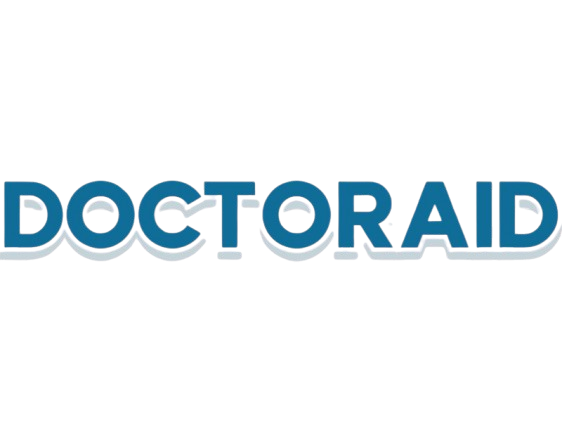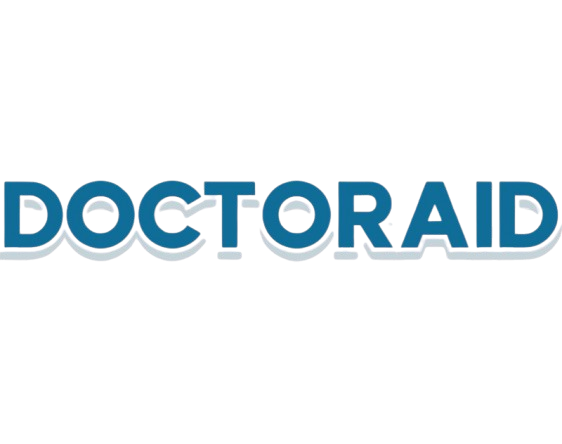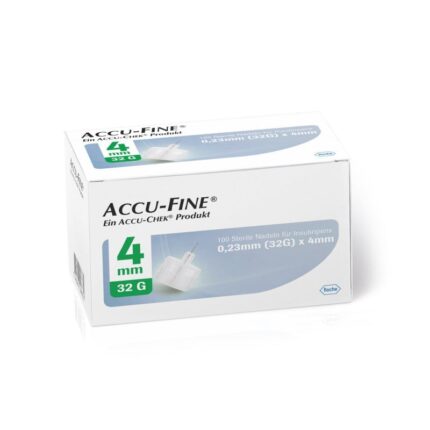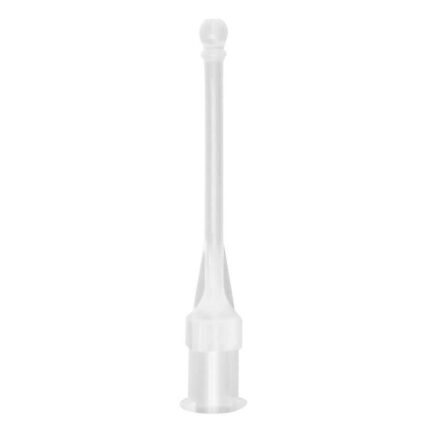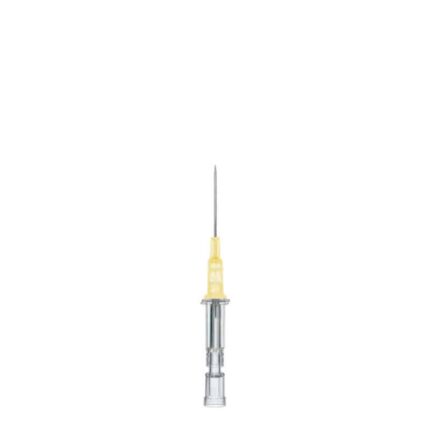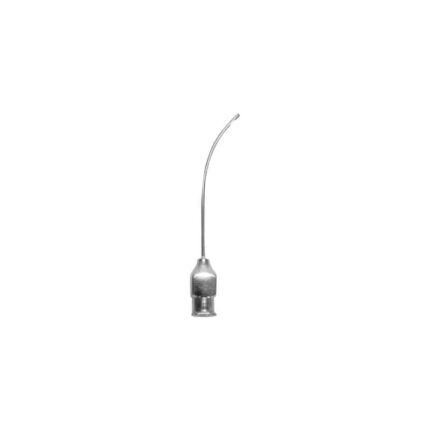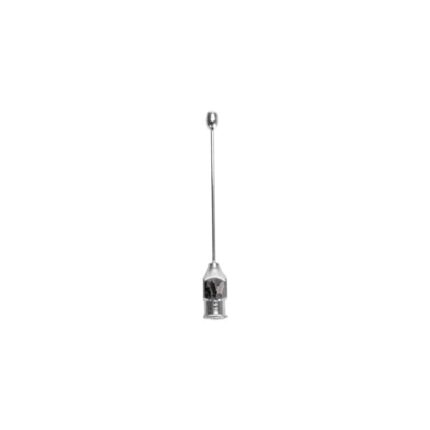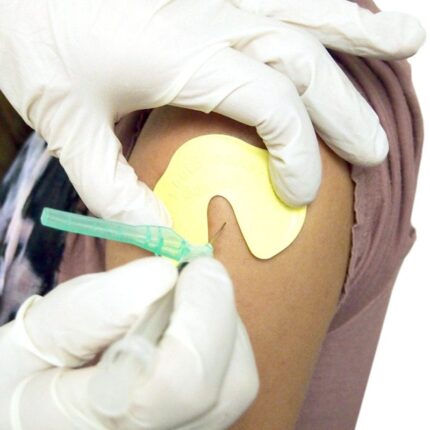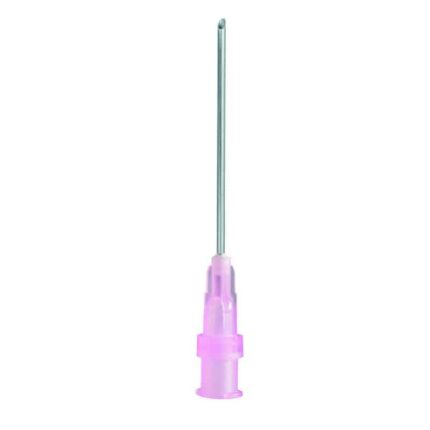
Miraject Luer Cannulas 0.5 x 42 mm
$27.00Sol-M Blunt Fill Needle
Original price was: $35.00.$32.00Current price is: $32.00.Sterican Blunt 21G, 0,8 x 22mm
Original price was: $45.00.$34.00Current price is: $34.00.Understanding Injections:
Using injections as the main means of delivering drugs and vaccinations is an essential part of contemporary medicine. Needles are used extensively in medicine for everything from routine immunizations to life-threatening procedures. This comprehensive overview will explore the various types of injections, their uses, benefits, potential risks, and the latest advancements in injection technology.
What Are Injections?
Using a syringe and needle, an injection involves injecting a substance—typically a drug or vaccine—directly into the body. Because this technique enables quick absorption into the bloodstream or specific tissues, it is a useful therapeutic approach. Injections can be classed based on their function, delivery mechanism, and the type of material injected.
Types of Injections
1. Intramuscular Injections (IM)
Medication is injected deeply into muscles by intramuscular injections. This technique is frequently applied to hormones, vaccinations, and some drugs that need to be absorbed quickly. The deltoid muscle in the arm, the vastus lateralis in the thigh, and the gluteus medius in the hip are common locations for IM injections.
Advantages:
rapid entry into the circulation.
Ideal for bigger doses of medicine.
Disadvantage:
may hurt because of the deeper insertion.
Risk of improper administration leading to damage to blood vessels or nerves.
2. Subcutaneous Injections (SC)
Injections under the skin are given into the adipose tissue directly beneath it. Insulin, certain vaccinations, and rheumatoid arthritis drugs are frequently administered via this technique. The abdomen, thigh, and back of the upper arm are common locations for SC injections.
Advantages:
more manageable than intramuscular injections.
can often be taken on one's own.
Disadvantages:
slower absorption than with injections of IM.
restricted to lesser doses of medicine.
3. Intravenous Injections (IV)
Intravenous injections use a vein to introduce drugs straight into the bloodstream. Hospitals frequently utilize this technique to give out fluids, drugs, and blood products. IV injections are frequently utilized in emergency settings because they provide immediate action.
Advantages:
quick start of the action.
able to administer substantial doses of medicine or fluids.
DisAdvantages:
need administration by qualified staff.
increased possibility of side effects like phlebitis or infections.
4. Intradermal Injections (ID)
Just beneath the epidermis, in the dermis, is where intradermal injections are administered. Tests for allergies and some vaccines, such as the tuberculin test, are commonly conducted using this technique.
Advantages:
permits the evaluation of localized reactions.
Very little discomfort when done properly.
Disadvantages:
Medication quantity restricted.
greater chance of receiving an insufficient dosage if given incorrectly.
Uses of Injections:
Vaccination: To protect against infectious diseases, a person must receive injections. Without actually spreading the illness, vaccines encourage the immune system to mount a defense.
Hormone Replacement Therapy: Insulin and testosterone are two examples of hormones that are administered via injection for the treatment of diabetes.
Pain management: To provide quicker relief, injections of corticosteroids or anesthetics are frequently used to treat chronic pain disorders.
Chemotherapy: Injecting chemotherapy drugs straight into the bloodstream is a common cancer treatment method.
Emergency medicine: For the treatment of severe allergic reactions, such as anaphylaxis, injections of epinephrine are essential.
Vaccination: To protect against infectious diseases, a person must receive injections. Without actually spreading the illness, vaccines encourage the immune system to mount a defense.
Hormone Replacement Therapy: Insulin and testosterone are two examples of hormones that are administered via injection for the treatment of diabetes.
Pain management: To provide quicker relief, injections of corticosteroids or anesthetics are frequently used to treat chronic pain disorders.
Chemotherapy: Injecting chemotherapy drugs straight into the bloodstream is a common cancer treatment method.
Emergency medicine: For the treatment of severe allergic reactions, such as anaphylaxis, injections of epinephrine are essential.
Benefits of Injections:
Rapid Absorption: Injections enable for speedy delivery of drugs into the bloodstream, offering faster relief in situations.
Precise dosage: For drugs that need to be administered in a certain concentration, injections provide accurate dosage.
Bypassing Digestive System: Patients who have trouble swallowing or those taking medications that don't work well when taken orally may find that injections around the gastrointestinal tract are helpful.
Targeted Therapy: In rare circumstances, injections can carry drugs straight to the site of action, increasing their potency.
Risks and Considerations:
Pain & Discomfort: Depending on the type of injection and the technique utilized, many people have pain or discomfort at the injection site.
Infection: There is a danger of infection at the injection site, particularly if strict sterile protocols are not followed.
Allergic responses: The medicine being injected may cause mild to severe allergic responses in certain people.
Damage to Nerves or Blood Vessels: Improper administration might result in damage to nerves or blood vessels, which can lead to problems.
Advances in Injection Technology:
Needle-free injectors: These gadgets eliminate the pain and anxiety associated with injections by delivering drugs through the skin using high-pressure jets instead of needles.
Smart Syringes: New developments in syringe technology, like auto-disable syringes, help to guarantee precise dosage and reduce the risk of needle stick injuries.
Wearable Injectors: Long-term medicine delivery devices, like insulin pumps, are being developed for a variety of chronic ailments.
Microneedles: Vaccines and drugs can be administered with less pain and suffering by using tiny needles that only pierce the skin's outer layer.
Conclusion:
A vital component of contemporary medical care are injections, which offer vital ways to administer drugs and vaccinations. It is critical that patients and healthcare professionals alike comprehend the many kinds of injections, as well as their applications, advantages, and possible concerns. Injections have a bright future ahead of them, one that will improve patient outcomes and experience while maintaining the efficiency and accessibility of medical care delivery through technological advancements.
